Tehran leans on electricity crisis to justify nuclear drive
As nuclear talks resume and threats from the US and Israel continue, Iran’s atomic chief claims the country’s electricity shortages will be solved by building new nuclear power plants.
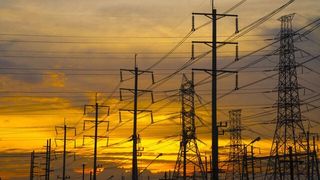
Oil, gas and Iran economic analyst

As nuclear talks resume and threats from the US and Israel continue, Iran’s atomic chief claims the country’s electricity shortages will be solved by building new nuclear power plants.

Iran's newly published budget law reveals the Islamic Revolutionary Guard Corps’ (IRGC) major share of oil revenues and public funds—and opens the door for the IRGC and Supreme Leader–linked institutions to take control of state assets.
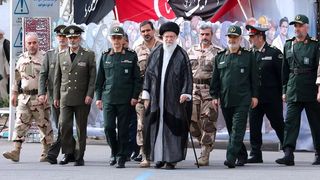
US President Donald Trump has threatened to bomb Iran and impose secondary tariffs if Tehran refuses to reach an agreement with Washington on abandoning its nuclear ambitions and making other concessions.
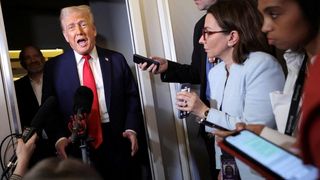
Iran is forging documents to pass off fuel oil and liquefied petroleum gas (LPG) bound for Asian markets as emanating from other countries to skirt US-led sanctions, an analysis by Iran International shows.
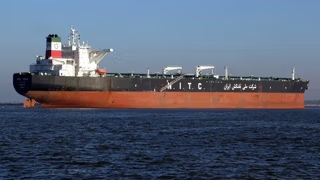
Iran began its new fiscal year on March 21 amid deepening economic and energy crises, with even officials of the Islamic Republic acknowledging that conditions are likely to worsen in the year ahead.

Amid the worsening economic crisis and deteriorating living conditions, the economic institutions of the Islamic Republic are attempting to present a picture of economic growth.
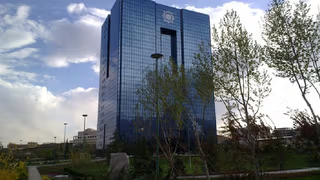
With foreign companies absent, Iran has signed a contract with domestic firms to implement pressure-boosting measures at South Pars, the world's largest gas field, which supplies 70% of the country's gas.
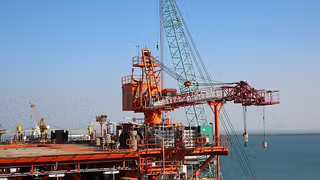
More than half of the tankers sanctioned three days ago by the United States for carrying Iran's oil have ceased operations outside Chinese or Iranians terminals, an investigation by Iran International reveals.
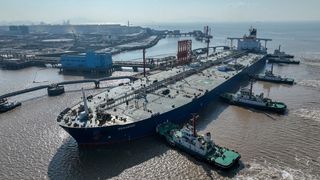
After the Chinese government banned sanctioned oil tankers from entering Shandong port—China’s largest terminal for Iranian oil—China’s imports of Iranian crude fell by more than half in January.
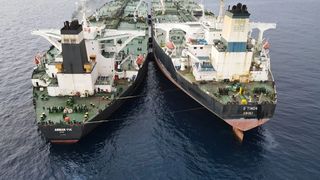
The economic impact of the so-called maximum pressure on Iran will be significant, with a zero-exports goal set by US president Donald Trump.
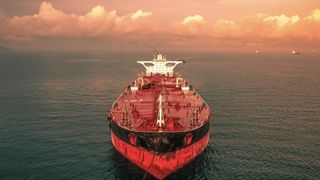
Iranians are caught in an economic and environmental catch-22 as a fuel shortage is paradoxically coinciding with an uptick in polluting greenhouse gas emissions which by the government's own admission has killed tens of thousands of people.
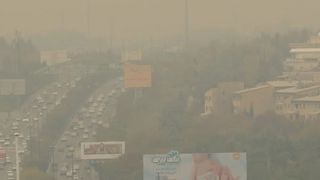
Following reports on surging rebranded Iranian liquefied petroleum gas (LPG) exports to Bangladesh, its Central Bank warned all domestic banks to stay alert regarding the import of products from countries that are subject to global sanctions.
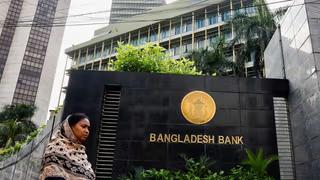
A report by Iran's Central Bank has inadvertently highlighted the pervasiveness of insider dealings and corruption that threaten the integrity of Iran’s entire banking system.

The cost of shipping oil from the Middle East to China surged by over a third in the wake of new US sanctions targeting 183 tankers carrying Russian and Iranian oil on Friday, according to a Reuters report.
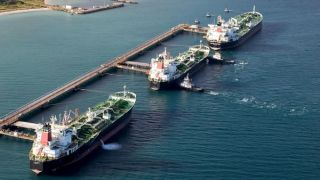
Iran has begun shipping oil stored in China with Beijing's approval, sources told The Wall Street Journal, about two weeks after Iran International reported Tehran's determination to sell off the supplies ahead of harsher sanctions expected under Donald Trump.
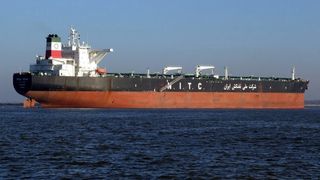
Data from oil tanker tracking firms reveal that during Joe Biden's presidency, Iran exported approximately 2 billion barrels of oil—a significant increase compared to the volumes recorded between 2019 and 2021.
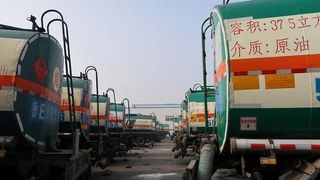
Iran's Islamic Revolutionary Guard Corps (IRGC) is seeking to sell oil stored in China before US president-elect Donald Trump can block sales with tougher sanctions, an informed source told Iran International.

Tanker tracking firms and energy consultants report a steady decline in Iran’s oil exports as top customer China eases buying and a second Trump administration looms.

Iran's growing gas deficit stems from rising consumption, driven by 8,000 MW of new thermal power plants and increased household use, while gas production growth in the past three years has slowed to a third of the previous decade's rate.
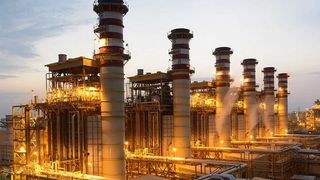
A severe fuel shortage has compelled the Iranian government to shut down three major thermal power plants and impose electricity rationing affecting both residential and industrial consumers.
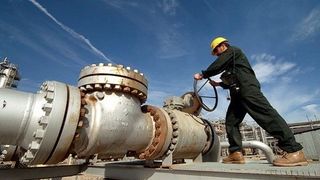
As Iran's oil exports sharply declined in October amid Israeli threats to its oil facilities, Donald Trump’s US election victory signals the potential for stricter sanctions enforcement next year.
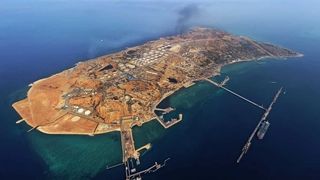
The latest report from the International Monetary Fund (IMF) indicates that economic turmoil in Iran is expected to persist, with some indicators worsening significantly compared to previous years.
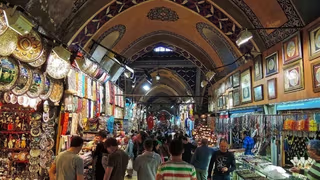
Iran plans a 200 percent increase in military spending in an upcoming budget, a spokesperson said on Tuesday, and will aim to boost revenue through higher taxes despite a big deficit and a moribund currency besetting the economy.
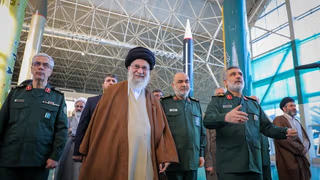
Details of the Iranian government’s budget bill for next year show that more than half of the state’s total revenues from oil and gas exports will be allocated to the country's Armed Forces.

Recent statistics from Iran’s Central Bank indicate that the private sector has been largely eliminated from large-scale foreign trade and replaced with government entities, which are engaged in billions of dollars of imports.
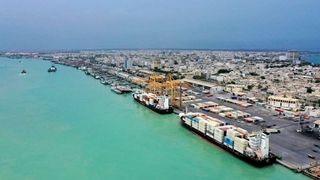
After Iran's Central Bank report on government banks providing large loans to their employees and affiliates, new reports have emerged about these loss-making financial institutions entering the local foreign currency market.
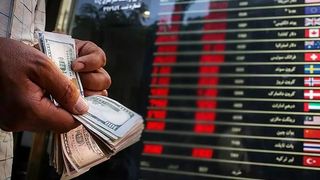
Iran's oil loadings plummeted nearly 70% in the first ten days of October, as its tanker fleet dispersed in anticipation of potential Israeli strikes, which may target the country's oil terminals.
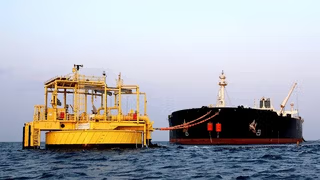
As Iran faces a serious energy crisis, Israel's potential retaliation could reportedly target oil refineries or export terminals, turning the country's struggling energy sector into a prolonged disaster.
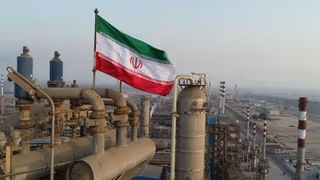
New data from the Central Bank of Iran reveals that the average price per square meter of housing in Tehran hit 885 million rials (around $1,500) last month, leaving over half of renters with little hope of ever buying a home due to low income levels.
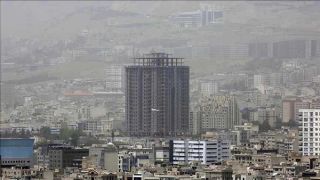
Iran's crude steel production last month declined to 1.4 million tons, which is less than half of the country's monthly nominal steel production capacity.
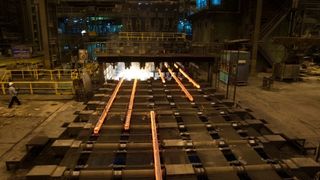
Several organizations in Iran's power industry warn of a 26,000 MW electricity deficit next summer, exceeding 30% of peak demand, compounded by natural gas shortages affecting both industries and households.
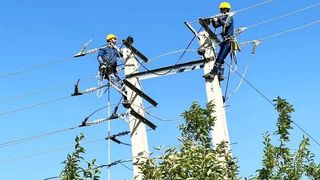
A member of the Iranian Parliament's National Security and Foreign Policy Commission claims that the Islamic Republic is bartering its missiles and drones in exchange for Russian soy and wheat.
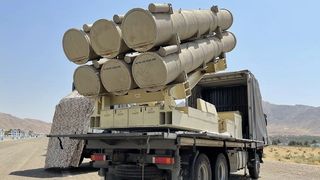
Chinese customs data reveals that in July, Malaysia exported 1.53 million barrels of oil per day (mb/d) to China, a figure that has increased 12-fold since July 2018, when the United States began imposing sanctions on Iran.
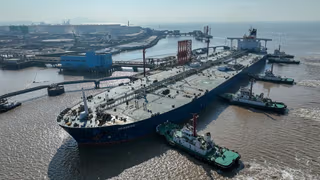
Iranian President Masoud Pezeshkian has criticized the lack of logic in importing gasoline at high market prices only to sell it domestically at much lower, heavily subsidized rates.
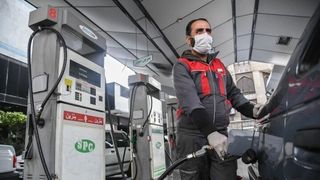
One key indicator of Iran’s prolonged economic struggles is the government’s reliance on borrowing from its own banks and printing money, a practice that intensified after the re-imposition of U.S. sanctions in 2018.
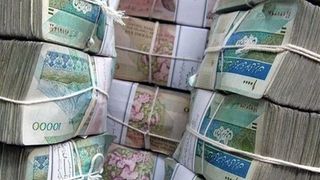
Earlier this year, amid growing warnings of a significant electricity shortage, Iran announced that its power lines had been connected through Turkey to Greece and Bulgaria, paving the way for electricity exports to Europe.
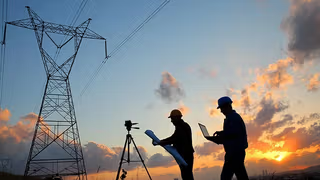
As Iran's economic situation continues to deteriorate and the rial loses value, citizens have increasingly turned to purchasing gold, foreign currency, and moving capital out of the country.
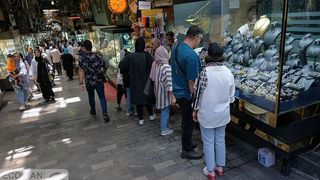
As Iranian citizens grapple with rising poverty and rampant inflation, officials are attempting to address the budget deficit by raising prices on bread, fuel, and essential goods, aiming to reduce government subsidies and ease the fiscal shortfall.
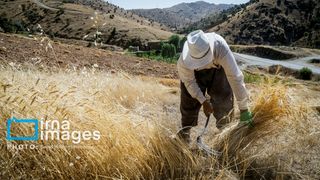
Iran's summer power crisis, which cut electricity to industries by half and caused widespread blackouts, has now led to urgent warnings about a severe gas shortage this winter.
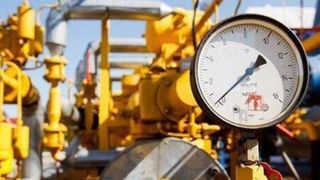
Shortly after Turkey began exporting electricity to Iraq this week, Iran ceased its deliveries to its neighbor due to an increasingly worsening domestic power deficit.
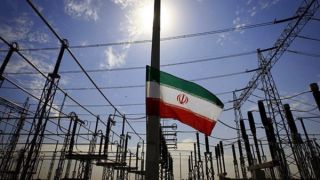
After two decades, Russia has not finalized its investment promise for a railway line in Iran, casting significant doubt over the viability of Moscow and Tehran’s recent claims of a historic cooperation agreement between the two nations.
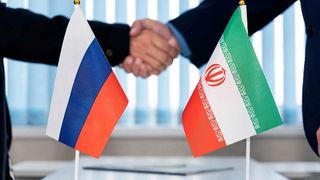
A Chinese tanker linked to Iranian oil smuggling activities, was located after it was involved in a collision with a Singaporean ship on Friday.
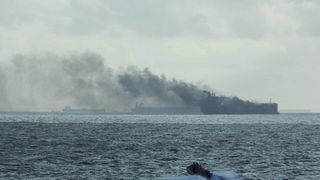
Iran faces significant challenges in its 28 joint oil and gas fields with neighboring countries, where it consistently falls behind in production compared to its neighbors.
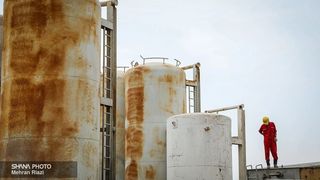
Iran has found itself importing gasoline since last year due to the government's inability to expand oil refineries and exacerbated by the delivering of approximately one million new, low-efficiency domestic cars into the market.
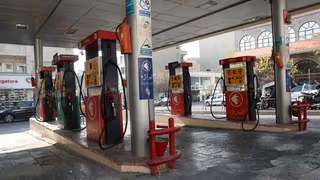
Iran’s crude oil and gas condensate exports surged to 1.7 million barrels per day (mb/d) in May, hitting a 5-year high point, since the imposition of full US sanctions in May 2019.
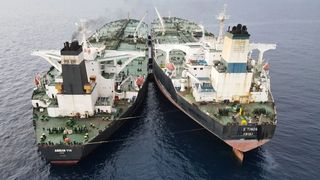
Iran's gas flaring rose by 19% year-on-year to 20.4 billion cubic meters in 2023, marking the highest recorded level for the Islamic Republic since satellite-based flaring estimates began in 2012, as per a World Bank report.
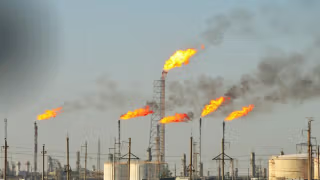
Iran is grappling with a severe energy deficit crisis, exacerbated by the summer heat and the government's failure to meet natural gas and electricity production targets.

Iran’s economy minister says the government budget’s tax revenues reached 8,000 trillion rials ($13.5 billion), achieving 108% of the projected target during the last fiscal year, which ended on March 21.
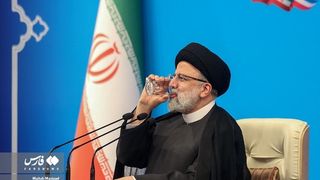
After relatively strong GDP growth in 2023, Iran's economic growth would decelerate in the current and next two years, World Bank reported Wednesday.
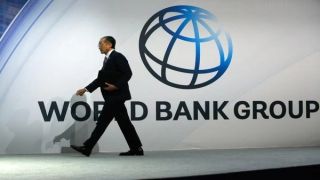
Over the last decade, Iranians have cut dairy consumption by 30% and meat by 17%, amid escalating poverty largely caused by the government's inefficient economic policies.
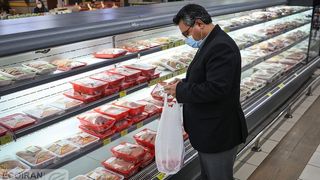
As citizens' living conditions continue to worsen, pro-government Iranian media have intensified their praise for the late President Ebrahim Raisi's "successes" following his death in a helicopter crash.
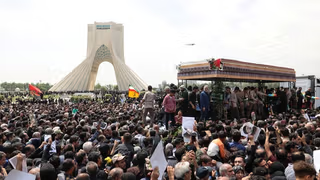
Turkey has signed an agreement with Azerbaijan to import and transit Turkmen natural gas, excluding Iran from Turkmen gas east-west land transit routes to the Mediterranean and Europe.

Although Malaysia refutes US claims of violating sanctions on Iranian oil trade, Iran International has obtained additional evidence suggesting that shipments to China are indeed originating from Malaysia.
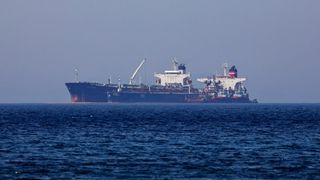
India and Iran have inked a deal allowing India Ports Global (IPGL) company to develop and control the management of an Iranian port for 10 years.
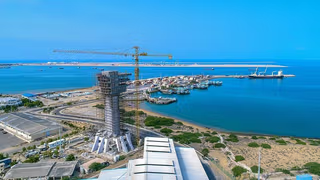
Iran's two-decade delay in developing its underground gas storage (UGS) facilities, has exacerbated winter gas shortages and export disruptions, despite having the world’s second largest reserves.
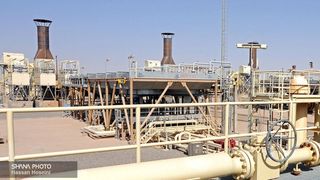
Iran's broad money has doubled during the 2.5-year presidency of Ebrahim Raisi, according to statistics from the country’s Central Bank (CBI).
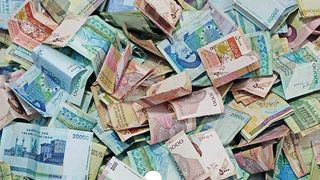
While Iran's efforts to become a regional transit hub over the last two decades have failed, talks are reportedly underway with 21 countries to launch free economic zones aimed at boosting the sector.
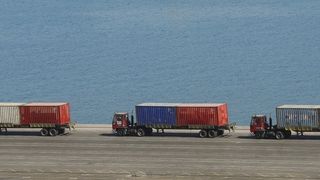
Iran will face a slowdown in economic growth in the coming years, the International Monetary Fund’s latest report suggests, as US sanctions and mismanagement decrease national income.
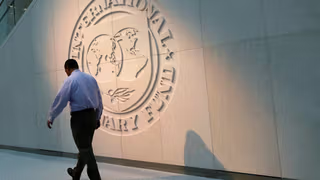
US and Iraqi companies have signed two deals, seemingly aiming to make the country independent from Iranian gas and electricity imports that provide billions of dollars to Tehran.
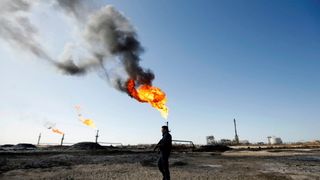
Iran is preparing to sue a sanctioned Turkish businessman and broker over a dispute involving $263 million in debts related to electricity imports.
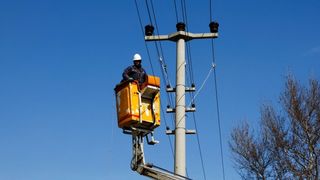
During the 2.5-year tenure of President Ebrahim Raisi, Iran has seen its liquidity double due to a 100% increase in state debts to Iranian banks, aimed at compensating for the budget shortage and current expenses.
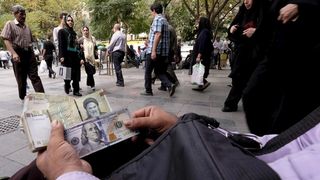
While Iran’s oil production remained largely unchanged, the country was able to increase its oil exports by selling millions of barrels from floating storage during the first quarter of 2024.
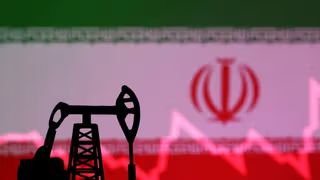
Despite promises in recent years by the Iranian government to import environmentally friendly cars into the country, there has been minimal to no efforts made, as the domestic car industry is mostly owned by the state.
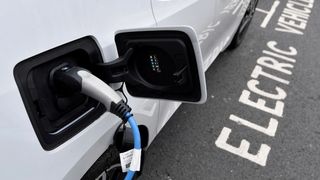
Iran’s national currency, rial, has fallen sharply since early January, losing around 20% in less than three months, further raising the specter of higher inflation in the coming months.
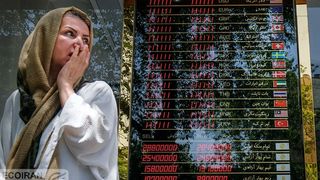
Iran fell significantly short of its renewable energy capacity expansion target for the last fiscal year, which ended on March 19.
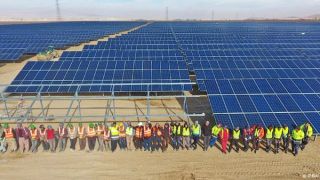
A week after signing a $20 billion natural gas extraction contract with domestic companies, Iran has granted a new $13 billion deal to the same group for expanding production at six oil fields.
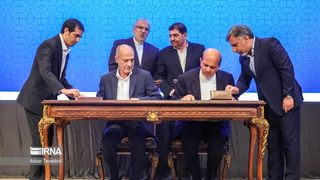
As Qatar sets higher ambitions for its gas output, Iranian officials scramble to justify their under-performance in developing the South Pars field, resorting to statistical maneuvers to deflect criticism.
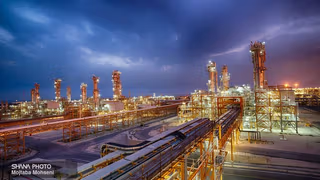
While the global gas market undergoes significant shifts with the declining roles of Iran and Russia, Qatar and other Gas Exporting Countries Forum members are bolstering their positions.
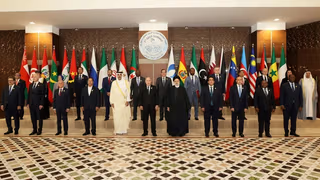
Data from the Statistical Center of Iran shows that the country’s GDP growth has been slowing, while remaining growth is fueled by higher government spending and more oil production.
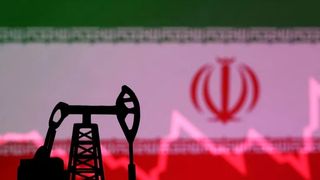
Iran is the only littoral state in the Caspian Sea that does not extract oil or gas, unlike Russia, Azerbaijan, and others, which have invested over $160 billion in Caspian fields.
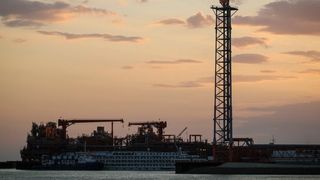
Iran’s insistence on gas exports despite the huge deficit in production and growing domestic demand that has severely damaged the country’s industrial sector.
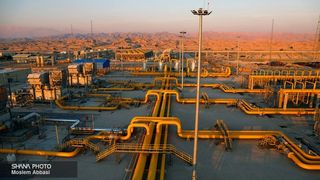
Iran, ranked as the 11th largest consumer of petroleum products globally, grapples with an increasingly unprofitable and outdated crude oil refining sector.
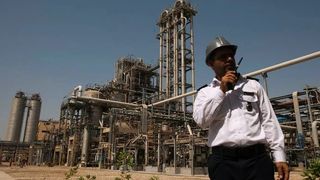
Iran's Foreign Investment Organization CEO claims the country has attracted $10.6 billion in “foreign investment” since President Ebrahim Raisi assumed office in August 2021.
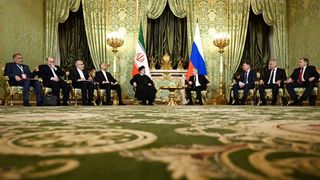
Iran's foreign non-oil trade has shown significant imbalances in 2023, with major trading partners reducing their imports of Iranian goods, according to a variety of economic data.
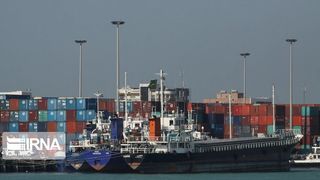
Official statistics indicate a severe decline in the water reserves of Iran’s dams due to the overgeneration of hydroelectric power in the summer of this year.
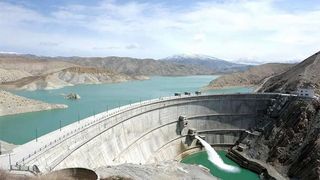
As a significant winter gas shortage looms in Iran due to increased household usage, officials are once again highlighting the nation's substantial gas consumption.

An Iranian official has acknowledged that the country’s net electricity export has reached zero, due to internal power deficit.

Iran's Chamber of Commerce's Energy Commission head, Arash Najafi, warns that the natural gas shortage not only affects many sectors but also threatens Iran's oil fields.
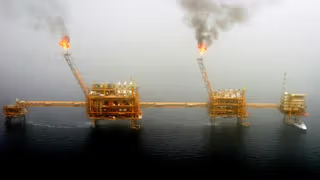
Iran has lost $450 billion in oil revenues in a decade because of international and US sanctions, causing a serious economic crisis, a newspaper in Tehran says.
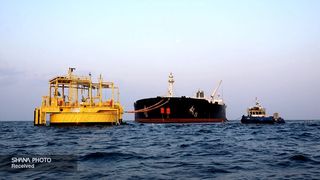
Iran’s national currency has lost 16% of its value during the past week, as the government prepares to submit next year’s budget bill to the parliament soon.
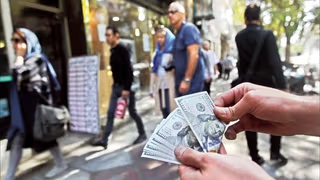
Iran's deputy oil minister says negotiations for Russian natural gas imports are in their final stages as Iran faces falling output in the Persian Gulf.
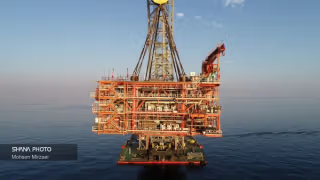
Iran has failed to sell a cargo of 700,000 barrels of its rebranded oil as Asian crude to Croatia, bringing back the full tanker to Malaysia again this week.
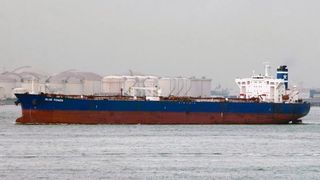
Further evidence has emerged that Russia is competing with Iran and Venezuela for oil markets in China and India, according to shipping analytics firm Vortexa.
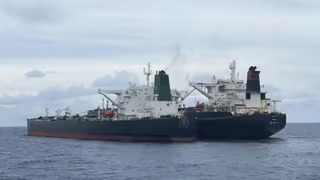
Usage of highly polluting diesel and mazut fuels in power plants jumped in Iran in 2021 on top of increases in previous years, a BP report shows.
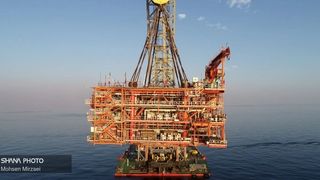
Iran's crude steel production declined dramatically for the second month in a row, according to a new report by the World Steel Association on June 22.

Iran’s official news agency IRNA reported that during oil minister Javad Owji’s visit to Oman the two countries agreed to revive an offshore gas pipeline project.
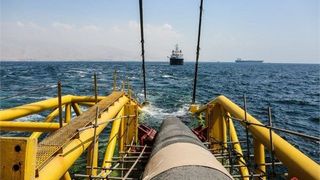
Iran’s gas flaring levels increased by 32% year-on-year to 17.4 billion cubic meters (bcm) in 2021, according to a new report, released by Word Bank.
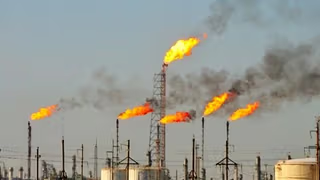
Iranian government debts have soared since 2018, when the US imposed tough sanctions on the Islamic Republic, International Monetary Fund’s figures show.

Iran added only 1.2 gigawatt (GW) to its power generation capacity last fiscal year despite a projected 3.5-GW growth plan, Energy Ministry reported April 13.
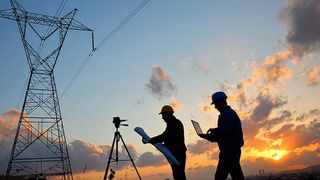
Iran’s nuclear electricity generation declined 20% year-on-year to below 4.4 terawatt-hour (TWh) during last Iranian fiscal year, ended March 21.
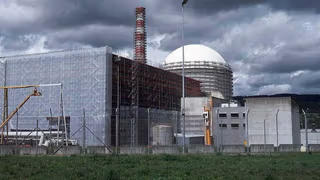
China has reported just $6.5 billion of imports from Iran in 2021, while other data show it imported more than $20 billion of Iranian crude and oil biproducts.
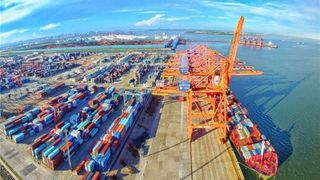
Saudi Arabia and Iraq have signed a memorandum of understanding on January 25 to connect their electricity grids, which can supply much-needed power to Iraq.

A new report about the Iran's economic growth prospects for the current fiscal year, forecasts a 6.2% “real” GDP growth in the most optimistic, and 3.4% growth in a pessimistic scenario.

Iran plans to change the pricing system for subsidized gasoline it sells to citizens in a way, which will generate around $5.5 billion more revenue annually.
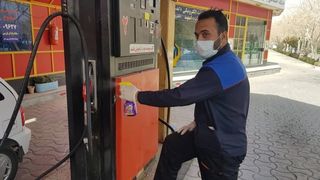
Iran's economy has had almost no growth since its nuclear program gained momentum in 2004, to a large extent by the damage economic sanctions have inflicted.
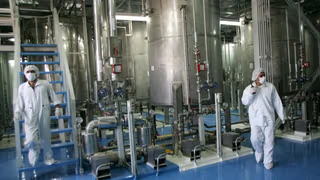
A report by Iran’s Central Bank (CBI) issued in August and made available in October shows an extraordinary growth in liquidity, which fuels high inflation.
